When I first heard that the Earth was once covered with giant fungi, the above image popped into my head: mushrooms with giant caps. But in fact, the fungi that dominated the world at that time were “Prototaxites” , different from the fungi we know today.
The mystery lasted more than a hundred years
According to The University of Chicago Magazine, the genus Protomycota is believed to have lived between 430 million and 350 million years ago. C. Kevin Boyce, a geophysicist at the university, said: “At that time, this land was inhabited only by insects and small plants. So, protozoa were probably largest terrestrial object on Earth at that time “.
Fossils of the genus Protomycota were not discovered until the mid-19th century. Since then, its fossils have been discovered in Saudi Arabia, Australia, Canada, and elsewhere. According to research, they can even reach a maximum height of 8 meters and a trunk structure of about 1 meter wide.
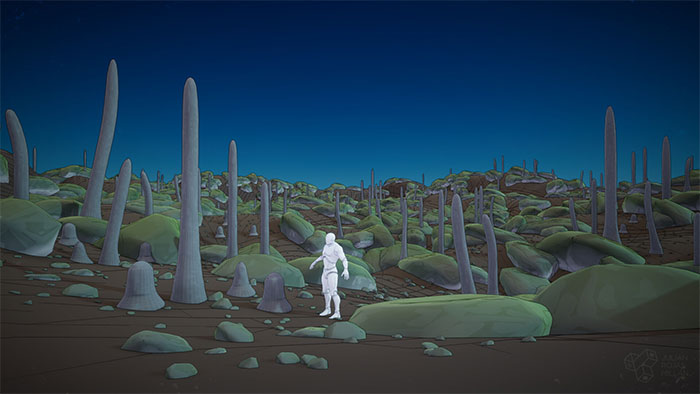 Prototaxites is a genus of fossil terrestrial fungi dating from the Late Silurian to Late Devonian periods. Prototaxites formed large tree-trunk-like structures up to 1 meter wide by up to 8 meters long, made up of interwoven tubes about 50 micrometers in diameter, making it the largest terrestrial living organism of its time. . (Photo: ZME).
Prototaxites is a genus of fossil terrestrial fungi dating from the Late Silurian to Late Devonian periods. Prototaxites formed large tree-trunk-like structures up to 1 meter wide by up to 8 meters long, made up of interwoven tubes about 50 micrometers in diameter, making it the largest terrestrial living organism of its time. . (Photo: ZME).
In fact, for the past 150 years, scientists have debated what exactly the genus Protomycota is? They were originally classified as conifers and later believed to be lichens or algae. Eventually, most people began to realize that they were actually mushrooms.
Boyce said the main problem with protists is that “when you look closely at their anatomy, it evokes a lot of different things. Their size also makes it hard to imagine.”
It wasn’t until 2007 that Boyce figured out how to use geochemistry to study these mysterious creatures. Although it is a fossil, its carbon isotopes can also be analyzed.
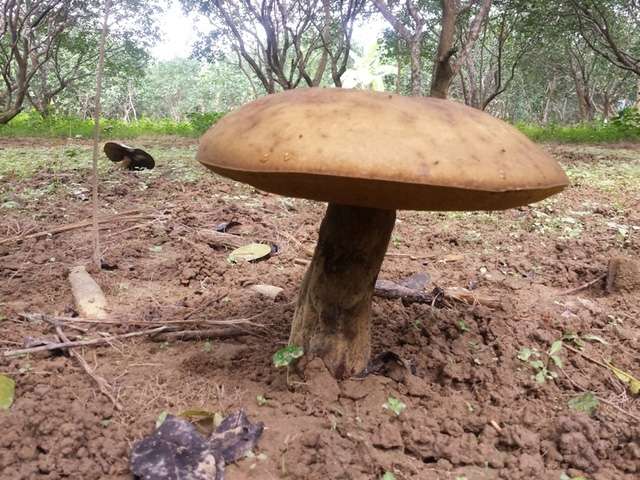
Like a giant rhizome
In an academic paper published in the Canadian Journal of Microbiology in 2022, a team of scientists compared samples of protozoa from quarries in Germany and Canada with common fungi of our time. Each type is studied using a variety of modern and powerful microscopes.
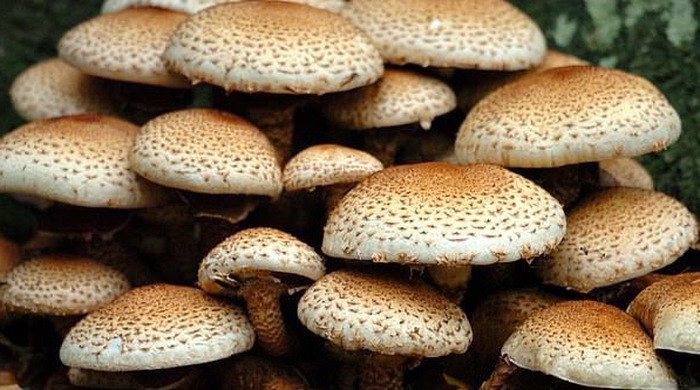
They found that the structures in the fossil looked very similar to modern root-like bodies in some of the fungi they grew in the lab.
These root-like appendages allow the fungus to transport nutrients over long distances. In addition, these fungi also eat other organisms.
The researchers explain that protomycetes, both fossil and modern fungi, “consist of tubular structures of similar length and diameter, fused together to form tissue-like material” . In addition, in their laboratory, several microscopic images of plant root-like bodies in which the fungus grows.
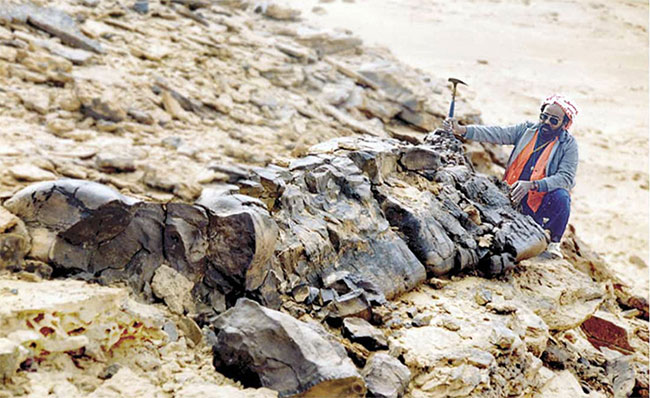 Seen from a distance, the fossils appear tree-like, spreading slightly near the base in a fashion that suggests an association with root-like structures. Prototaxites were probably the tallest living organisms of their time. On a microscopic scale, fossils consist of narrow, intertwined tubular structures. They are of two types: skeletal “tubes”, which are 20–50 μm across, have thick walls (2–6 μm) and are not divided along their length, and are capable of reproduction. (Photo: Zhihu).
Seen from a distance, the fossils appear tree-like, spreading slightly near the base in a fashion that suggests an association with root-like structures. Prototaxites were probably the tallest living organisms of their time. On a microscopic scale, fossils consist of narrow, intertwined tubular structures. They are of two types: skeletal “tubes”, which are 20–50 μm across, have thick walls (2–6 μm) and are not divided along their length, and are capable of reproduction. (Photo: Zhihu).
However, they have one major disagreement: the team does not believe that protozoa grow vertically . In their view, mushrooms grow horizontally . And in fact there is some logic that supports their opinion.
First, there are no recorded specimens of them standing upright on the ground. Clearly in the fossil record, they are all lying down. In addition, nutrient collection is better if these fungi lie horizontally, especially in real environments. The researchers noted:
“At that time, an abundance of living plants and an accumulation of dead plant matter were available for the fungi to decompose”. Obviously, placing them horizontally will allow the protozoa to spread over longer distances in search of nutrients and water.
Although most people support the idea that a protist fungus is an organism with an upright, tree-like body due to its stem structure. But this connection gives us a different picture of the world a long time ago.
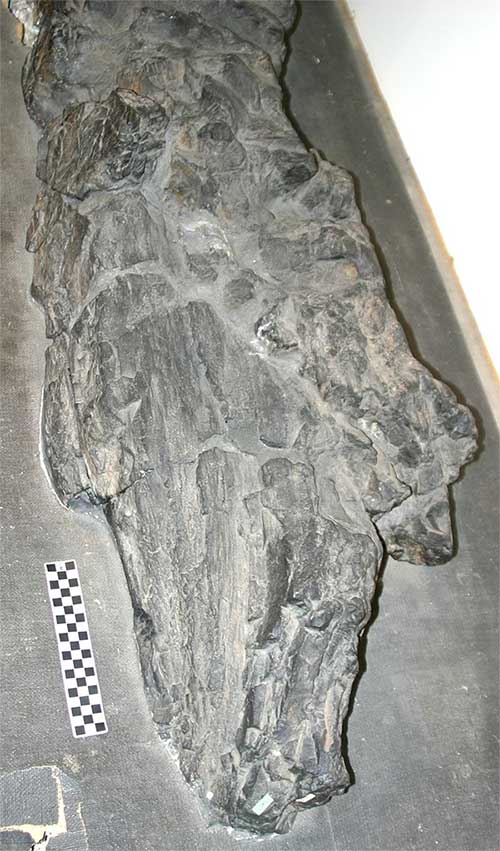 First collected in 1843, it was not until 14 years later that John William Dawson, a Canadian scientist, studied Prototaxite fossils , which he described as giant conifers that were slowly rotting. part. (Photo: ZME).
First collected in 1843, it was not until 14 years later that John William Dawson, a Canadian scientist, studied Prototaxite fossils , which he described as giant conifers that were slowly rotting. part. (Photo: ZME).
Although for us humans, ten thousand years of existence seems like a long time, this period of time is nothing more than a blip in Earth’s history.
We don’t know what Earth looked like hundreds of millions of years ago. And our understanding of this world still seems to be very shallow.





